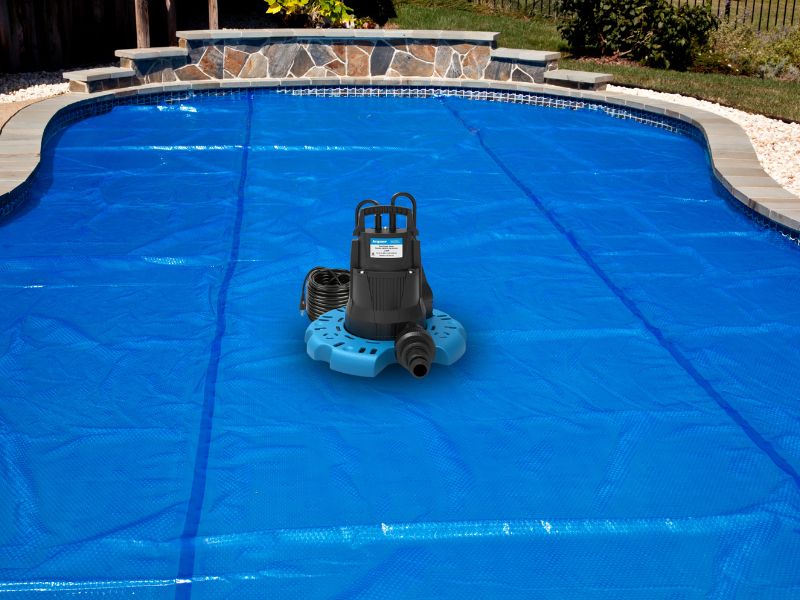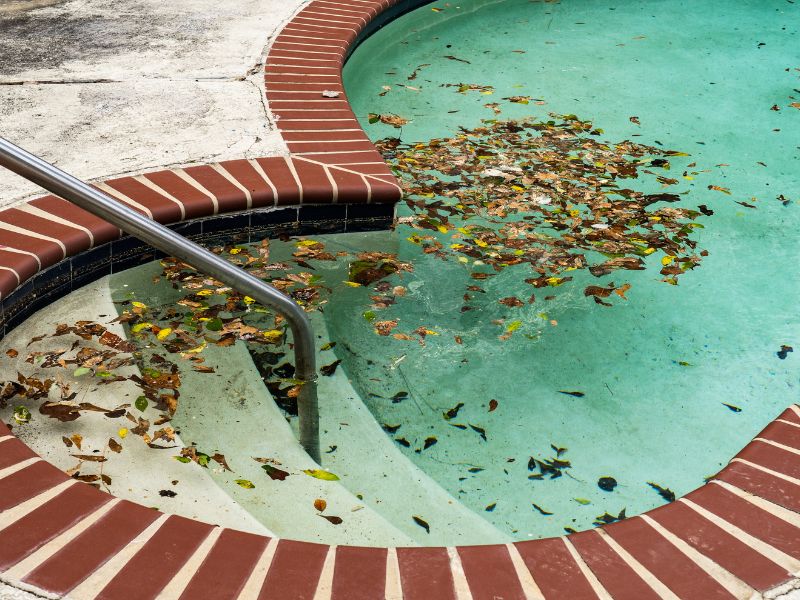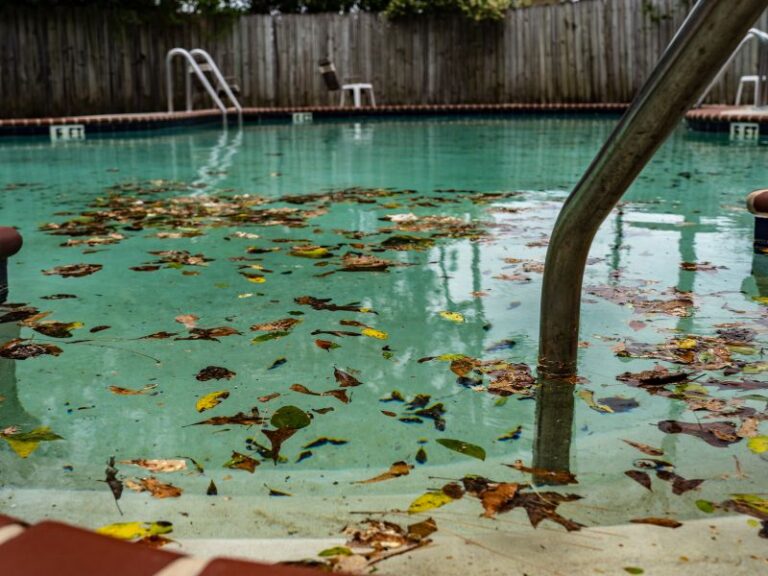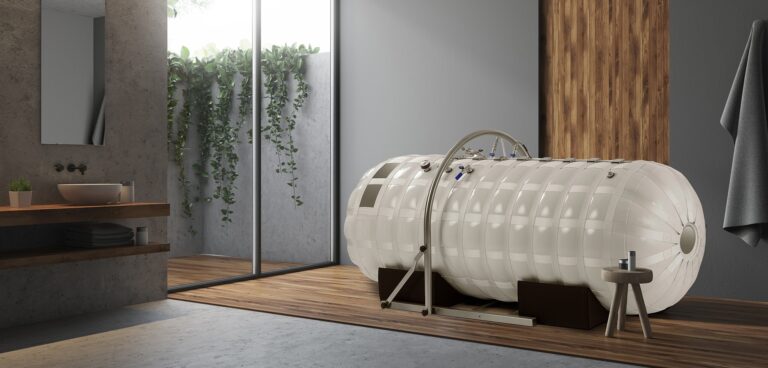Storms can cause a lot of damage. If you own a pool, you know it’s crucial to take care of it. During a storm, protecting the cover becomes a priority. Rain, debris, and wind can destroy it. This guide explains what steps to take before a storm hits.
Follow these methods to avoid expensive repairs and extend the life of your equipment. Preparation makes all the difference when the weather gets tough.
Key Points:
- Clear away anything that can fly around.
- Make sure the cover is secure.
- Remove excess water.
- Use pumps to prevent water buildup.
- Check for any signs of weakness beforehand.
Inspect Your Pool Cover Regularly
Always check your pool cover before bad weather arrives. Look for any wear or tears. Small tears can quickly grow if the wind picks up. A pool cover that is in good shape will stand a better chance against strong winds or heavy rain. If you notice any weak spots, repair them immediately.
You’ll also want to make sure all attachment points are solid. A loose cover will get caught by the wind, leading to more significant damage. It’s essential to prevent any slack, so inspect every corner.
Use a Pool Pump for Water Buildup

Rain can cause water to build up on the pool covers during storms. Too much water will weigh it down and possibly tear it. Using a pump ensures the water drains away before it causes harm. There are various pumps for pool covers available whether you need a budget-friendly choice, a high-capacity pump, or an easy-to-use option.
Make sure you have a reliable pump ready before a storm. If too much water builds up, the cover could collapse, and you might face a more serious problem later on.
Clear the Area Around the Pool
Remove any furniture, tools, or toys from around the water. In high winds, these objects can become dangerous projectiles. They might damage not just the cover but also your home or surroundings. It’s better to move everything inside or to a secure place well before the storm arrives.
Be sure to trim any branches hanging over the water. If they snap off, they could fall and tear your pool cover. Debris will add weight, putting extra strain on it, so keeping everything clear is critical.
Secure the Edges
During a storm, wind can catch the edges and rip the cover apart. You must secure all edges as tightly as possible. Use strong anchors that won’t budge even under heavy wind pressure. Check each side, making sure everything is fastened properly.
For in-ground pools, using weighted objects like water tubes can help. They’ll hold the edges down without tearing the material. Above-ground pools may require different methods, but the principle is the same: secure the edges to stop the wind from lifting the cover.
Avoid Heavy Objects
You might think placing heavy objects on top of the cover will keep it secure, but that’s risky. If the wind lifts them, they can tear through the fabric. Worse, if they slide off, they could cause damage elsewhere. Instead of heavy objects, rely on proper anchoring methods to keep everything in place.
Heavy objects also add unnecessary weight, which could stretch the material over time. The goal is to keep it lightweight but strong enough to withstand the storm.
Monitor the Storm
Once the storm hits, you should monitor it closely. If it’s safe, check on the cover occasionally. Ensure the water levels are under control and that the anchors are holding strong. Pumps should continue to work to remove any excess water. If something looks wrong, don’t hesitate to take action as long as it’s safe to do so.
Staying aware of the situation will help you avoid bigger issues later on. Don’t assume everything is fine without checking at least a couple of times.
Post-Storm Cleanup

After the storm, remove any debris from the cover immediately. You don’t want sharp objects to damage it while you clean up. Also, check for any small tears or weak spots that could have worsened during the storm. Fix them right away to avoid future problems.
It’s also a good idea to clean the cover thoroughly after the storm. Remove any dirt or grime left behind. Regular maintenance like this will help it last longer and perform better.
Choose the Right Pool Cover for Your Climate
Not all covers are the same, and some are more suited for certain climates. If you live in an area prone to heavy storms or hurricanes, you’ll need a stronger, more durable option. Look for reinforced materials like vinyl or thick polyethylene. They offer better resistance to wind, rain, and debris. Investing in a high-quality cover from the start can save you many headaches later.
Seasonal variations also matter. For regions with heavy snow in winter, covers must be able to handle the extra weight. In contrast, hot and sunny areas may require UV-resistant materials. Choosing the right type ensures that your cover is well-prepared for whatever weather comes your way.
Plan for Long-Term Pool Maintenance
Regular maintenance isn’t just about checking the cover. Your entire setup must be ready for storms. Make a habit of checking for any loose tiles, weak frames, or anything else that could become problematic during a storm. Long-term planning also means ensuring your pumps and drainage systems are in good working order.
Every year, assess the condition of all the components that protect your pool. Replace worn-out parts and upgrade equipment when necessary. The better your overall maintenance routine, the more likely you’ll avoid damage during severe weather.
Conclusion
Protecting your pool cover during a storm doesn’t have to be complicated. It’s all about preparation. Inspect the cover, clear the area, secure the edges, and use a good pump. By following these steps, you’ll reduce the risk of damage. Keep an eye on the weather and act quickly if necessary. Simple actions can save you time and money in the long run.
Related Posts:
- 20 Best Gaming Headset Under 50$ 2024 - for PC, PS4,…
- 12 Best Car Wax For Black Cars 2024 - Protection and…
- 13 Professional Bike Water Bottle Holder 2024 - Top…
- How to Protect Your Chimney from Cracks, Creosote,…
- Top 10 Best Power Inverter for Car 2024 - Keep Your…
- Top 10 Best Dog Nail Grinder 2024 - Best Care for Your Pet







